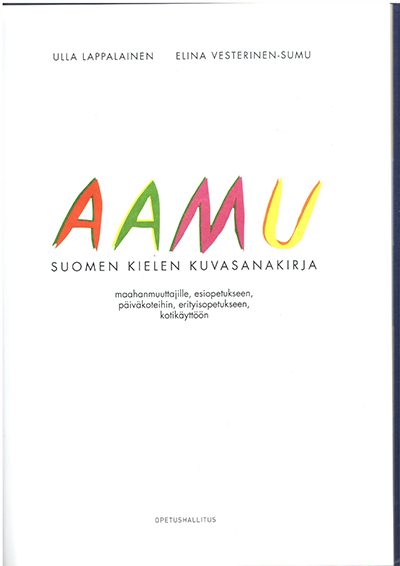| Sorted by date | |||
page005from Building Ideasarchitectural production of the twentieth century is shown to result from a particular ideology based on the myth of progress in the philosophy of history. Chapter 2 sets out an opposing view, by presenting architecture as a fine art – the emphasis now being on expression rather than functional considerations. This time, in its pure form, the approach tends towards an “autonomous” practice, where the designer takes the role of protagonist in a critical dialogue with the conditions of society. The artist as entertainer, critic, or social conscience are all potential models for the role of theorist or designer using architectural ideas as a means of expression. The philosophical background to this “critical” and expressive approach to architecture is shown to be part of the wider debate concerning the importance of aesthetic experience. Throughout the history of philosophy this theme has resurfaced and has more recently been the site of the great “two cultures” debate – the deterministic laws of science against the free will of the creative artist.
The potential for architecture to act as a critical tool for communication and a means of opening up new experiences of space, is seen as a function of how buildings are perceived and interpreted, and this is the subject of the second part of this book. In this section, three different interpretive strategies are laid out, based on the three main schools of thought within twentieth century philosophy. Each one is shown to impact on the way we think about architecture, and each is illustrated with a range of buildings to show their implications for architectural practice. The themes overlap inasmuch as they can be seen often within the same building, whether part of the design intention or merely possible interpretive strategies. This blurring of “creation” with the process of criticism is part of the agenda of this book, to consider different ways of thinking about buildings, whether as designers or interpreters. Chapters 3, 4 and 5 consider a range of interpretive models, from the “subjective” to the “objective”, depending on their philosophical orientation. Chapter 3, on phenomenology, emphasizes the first of these characteristics, by focusing on the perceptual experience of the individual person or subject. The difficulty of generalizing from this
|
|||
|
|||
|
|
 ... ...
... ... ... ...
... ... ... ...
... ... ... ...
... ... ... ...
... ... ... ...
... ... ... ...
... ... ... ...
... ... ... ...
... ... ... ...
... ... ... ...
... ... ... ...
... ... ... ...
... ... ... ...
... ... ... ...
... ...